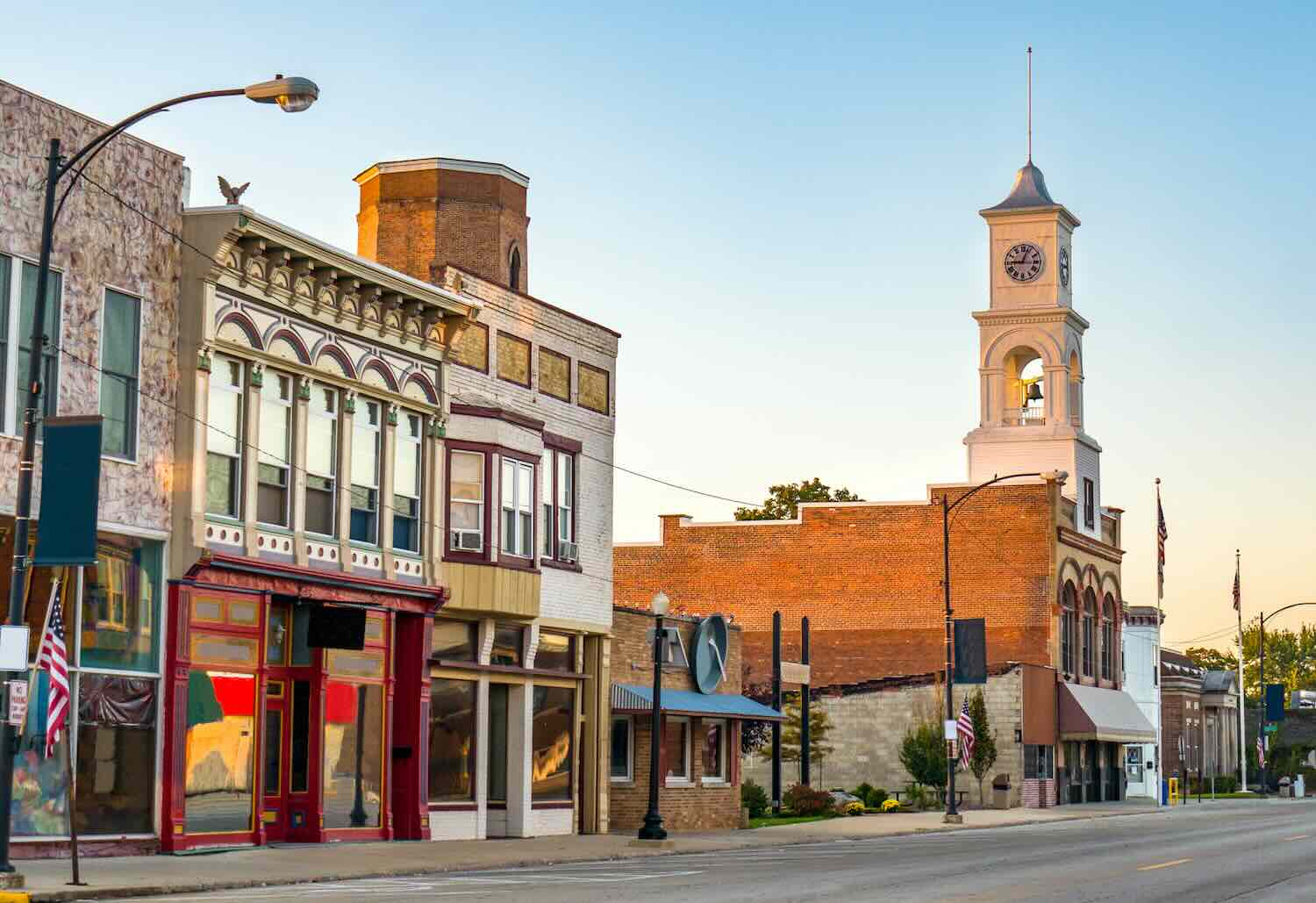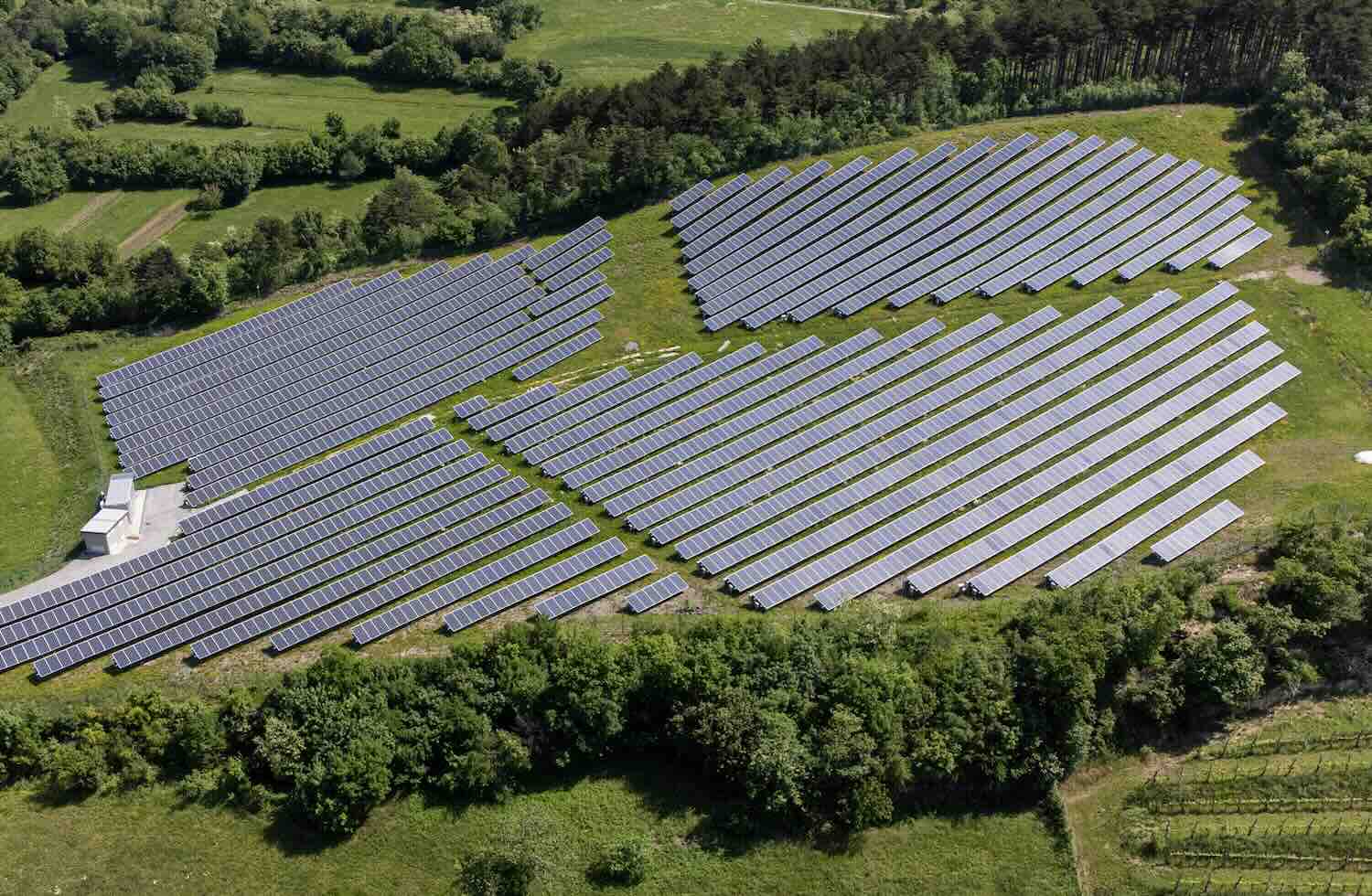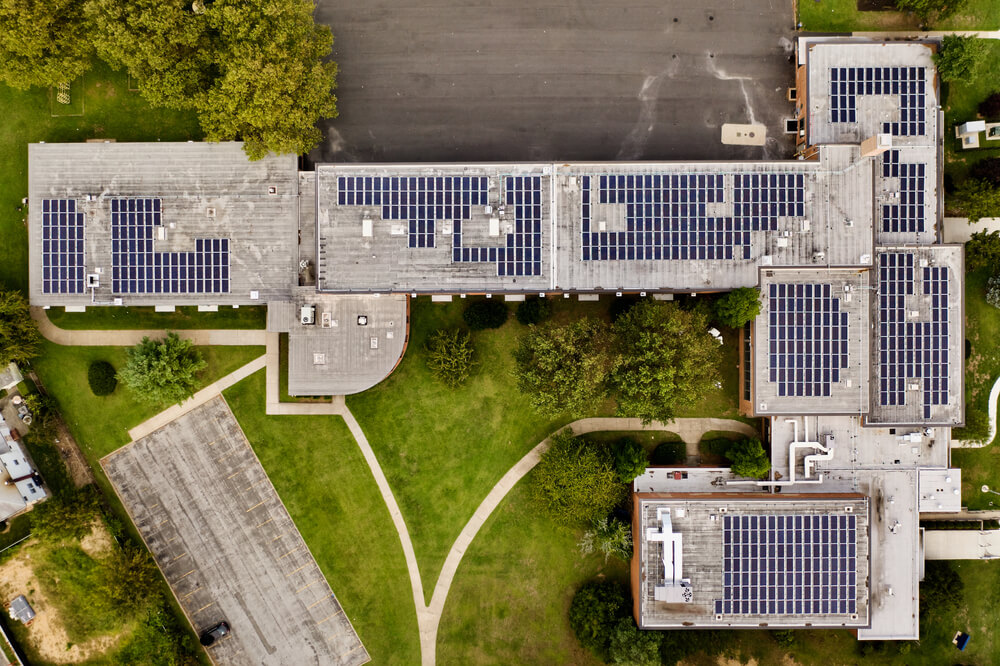The recent announcement of 60 winners under the $7 billion Solar for All program capped the Environmental Protection Agency’s rollout of the Greenhouse Gas Reduction Fund.
This program is one of the many new financing mechanisms authorized by the Inflation Reduction Act to develop green infrastructure, reduce pollutants and create jobs in marginalized communities burdened by environmental injustice.
Now, market makers must align to help make sense of new capital flows and build standardized products and systems so that private investment can walk easily alongside the unprecedented investment in climate resilience.
Ahead of next week’s Milken Global Conference in Beverly Hills, the Milken Institute’s 10,000 Communities Initiative is unveiling new partnerships and a suite of open source tools designed to help project sponsors and capital providers deliver critical community infrastructure projects.
“Together, these partnerships are designed to reduce project development costs and drive capital to under-resourced communities by linking investors, technical assistance experts, and community leaders through generative AI, online grant-matching and other innovative financing techniques,” said Milken Institute’s Rachel Halfaker. “We know we can’t solve these challenges alone.”
From financial products supported by the Greenhouse Gas Reduction Fund to clean energy tax incentives to consumer subsidies, the massive outlay of federal funds is expected to supercharge the growth of an emerging green infrastructure marketplace.
The Milken Institute has for the past year connecte community stakeholders and projects with resources to get green projects off the ground. The initiative has held a series of in-person regional training events and developed an online platform, the Community Infrastructure Center, or CIC, to organize business, government, philanthropic, and community leaders across the nation around market-based approaches for leveraging public investment to attract private dollars and building long-term economic resilience in under-resourced communities.
More than 800 organizations have been onboarded to the CIC. Many are actively advancing community infrastructure projects eligible for Federal funding and technical support. Investors and capital providers can also sign up to connect with project sponsors and build a pipeline of high-impact, community-led investment opportunities.
The end goal is to drive more private investment in underserved and overlooked communities by providing economic development officials and project sponsors with the resources they need to compete for capital. This means expanding access to the technical assistance, capacity support, and the public funding needed to advance critical community infrastructure projects beyond conceptualization and into capitalization.
“By boosting useful project development tools and services within our CIC platform,” said Halfaker, “the 10,000 Communities Initiative will facilitate the effective and equitable distribution of resources to traditionally underfunded community projects, support long-term infrastructure and economic resilience, and scale up an exciting new community pipeline of projects.”
Building capacity
Among the new tools the Milken Institute is developing is a new opensource “capital stack calculator” designed to demystify available public funds and financing tools that can be used for community-scale projects. Coupled with pre-development support services delivered through the CIC, these resources will prepare project sponsors to advance deals and will support pipeline development and project origination for capital providers.
To support market-making spurred by GGRF-supported financing and IRA clean energy tax incentives, the Institute has teamed up with Banyan Infrastructure, Elemental Excelerator, and Purpose Venture Group to launch the Community Development Financial Institutions Clean Energy Loan Pilot program.
The partners will work alongside community lenders participating in the GGRF program to develop best practice scorecards and underwriting checklists as well as compliance, monitoring and reporting standards that can be shared with a broader clean financing ecosystem through a digital platform.
Solar for All awardees Hope Enterprise Corporation, Clean Energy Fund of Texas, GRID Alternatives, and the Nevada Clean Energy Fund, are participating in the pilot. By helping to develop shared standards and connectivity between communities, developers, CDFIs, green banks, and Wall Street, the pilot participants will help to exponentially leverage impact capital seeded by the GGRF program.
“Solar for All represents a transformational opportunity for Deep South communities,” said Bill Bynum of Jackson, Miss.-based HOPE. “Not only will people in historically under-resourced areas realize savings from lower energy costs, they will also benefit from the jobs created to extend solar power into homes and community facilities. We look forward to working with EPA to advance a cleaner, more sustainable environment.”
Access to financing
The Milken Institute also has partnered with HR&A Advisors, the California Strategic Growth Council, Streamline Climate, and Replica on multiple initiatives through the CIC to make it easier for under-resourced communities to attract public and private investment, including finding and applying for grants and assessing project readiness.
OpenGrants, a search engine for grants, has indexed over 10,000 federal, state, and philanthropic grant opportunities. Through the CIC platform, users can automatically match their projects to grant opportunities based on location, organization, and project type.
The California Strategic Growth Council, Streamline Climate, and Replica will partner with the CIC to semi-automate the grant writing process by providing generative AI and data tools to under-resourced communities in California applying for state funding. Replica, a built-environment data provider, is also working with the CIC to provide applicants with land use, transportation, and demographic data needed for grant submissions.
Another new tool available to project sponsors that make use of the CIC platform is HR&A Advisors’ Infrastructure Funding Navigator tool, which provides a no-cost project readiness assessment based on their technical solution, commercial structure, equity and impact considerations, governance model, and more.
“This tool helps communities understand how to prepare and implement infrastructure projects, connecting participants with tailored technical assistance to help make their project a reality,” said Jeff Hebert of HR&A Advisors.
Through the CIC partnerships, the platform is also supporting asset-based and place-based efforts, including:
Broadband Expansion. LISC is hosting its National Broadband TA Marketplace on the CIC to help communities produce investment-ready broadband plans, connect to grant-matching opportunities, receive project readiness assessments, and receive general support in their pursuit of securing funding for broadband expansion.
Investing in Appalachia. In partnership with the Appalachian Regional Commission and Heartland Capital Strategies, the CIC will support the Appalachian Sustainable Finance Hub to advance strategic partnerships, financial innovation, and capacity building to generate and retain quality jobs, and build a diversified, resilient, and clean economy.
Thriving Communities. In partnership with Montana State University, the CIC will host EPA Region 8’s Thriving Communities Technical Assistance Center (TCTAC) to help communities and tribal nations in six states address environment- and energy-related priorities.











